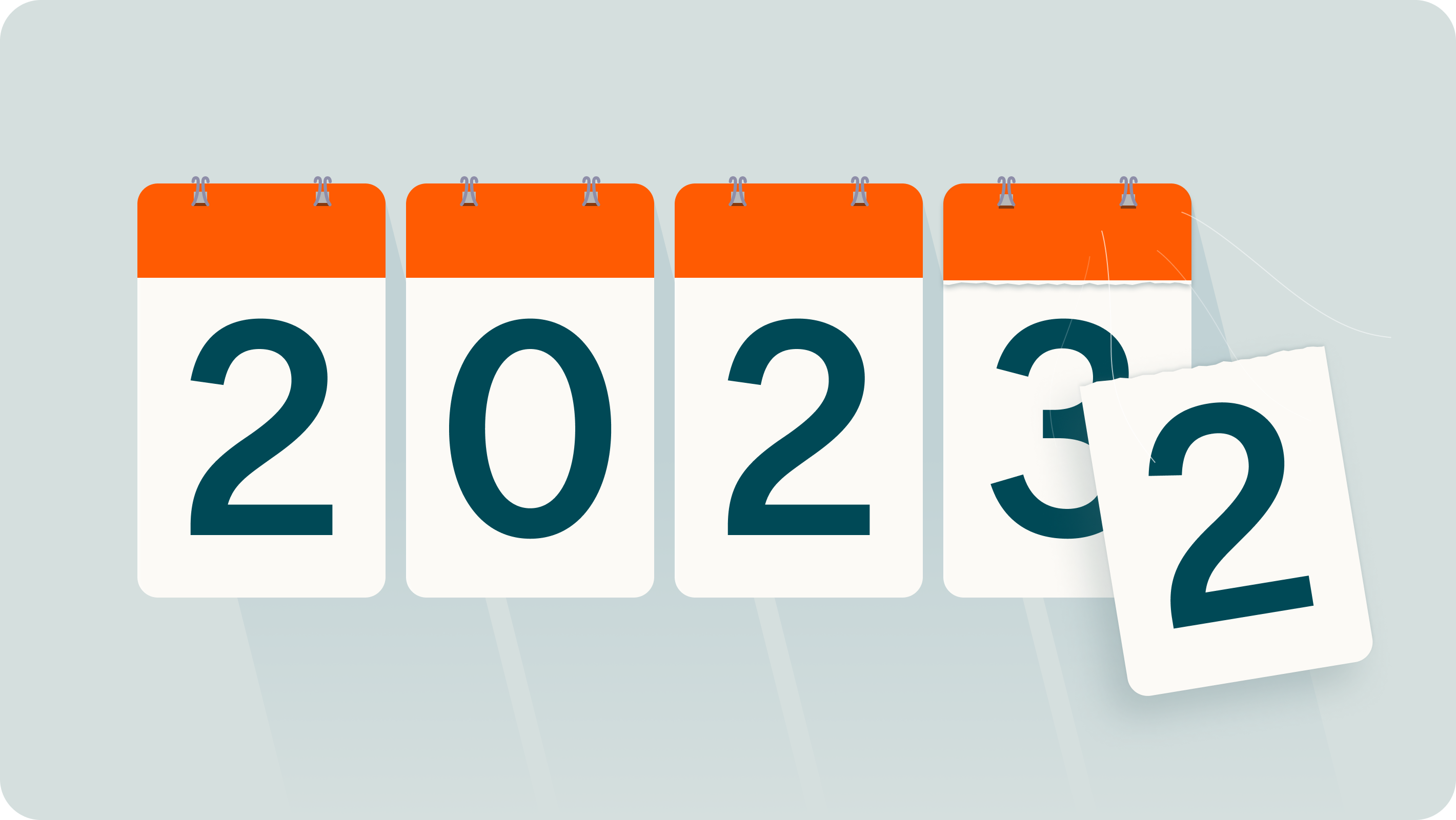03.24.23 • By Dar Min
A year in the life of a product designer at Oscar
A year in the life of a product designer at Oscar

I joined Oscar one year ago as an Associate Product Designer for our Digital Member Experience. What drew me to Oscar was the brilliant design team behind the mission of making a healthy life accessible for all.
The Oscar design team holds a monthly meeting where our friends from brand and product design do a lightning round to share what we’ve all been working on. It’s a great way to learn what other designers across Oscar are currently solving, while promoting team spirit and transparency into each other's worlds.
As my Oscar-versary rolled around, I wanted to look back and reflect on all the things I’ve experienced. I noticed that what I’ve shared during these meetings gave me a pretty good snapshot of my accomplishments. Here are some highlights from this year since I’ve joined.
April
In my first project, I tackled adding timelines to provider-assigned tasks. This was a great way to get acquainted with the member experience and the different ways we aim to make healthcare more understandable.
May
In May, we focused on improving primary care provider (PCP) attribution rates across our member base. Fostering a relationship with a PCP is proven to help patients live a healthier, longer life – but our members seemed to be unaware about all the benefits. The solution was to imagine how a member could select or change their PCP right from the Oscar app.
July
In July, my team’s priorities shifted towards creating tools that make the healthcare system more transparent while clarifying any confusion our users may have about their insurance plan. As part of this transition, I conducted a workshop to help brainstorm a new team name – we agreed on Trust & Transparency.
We wanted to gain foundational knowledge on our members to help us embark on this journey, so I got started by writing this interview script.
We wanted to gain foundational knowledge on our members to help us embark on this journey, so I got started by writing this interview script.

August
In August, I synthesized the findings from our interviews with Oscar members. This was my first time getting to talk to the end user here at Oscar – it was invaluable in helping me understand who I was designing for, what motivates them, and what opportunities we have to meet their needs. 
October
In October, I designed some experiments to better understand our member’s attitudes towards self-service, or their tendencies to find an answer themselves without involving customer service. Above are some explorations on how we thought about surfacing resources within the messaging flow.
November
Compliance work is unavoidable in healthcare, but at Oscar we try to keep it member-centric. “How can I approach this project as a way to empower our users?” In November, new guidelines from the Center of Medicare Services required us to add CPT codes (medical codes that help identify medical services and procedures) to our cost estimates tooling. This meant that I had a chance to iterate on a critical member-facing tool for our members to access full cost transparency.

January
After the holidays, we returned to analyze results from the self-service experiments we ran in September – a great way to start off our design explorations for the new year!Looking forward
Our goal this year as a pod continues to be clarifying the healthcare system through the lens of promoting self-service, trust and transparency. With all the foundational research and experiments we conducted last year, I wonder – how will this new knowledge pave the way for a better user experience?It’s been an incredible learning experience at Oscar so far, and I’m grateful for the chance to have worked with some of the best product designers around. The next year looks promising and I can’t wait for what’s to come!
Special thanks to Sarah Mitrano, Gabi Lawrowska, Michael Farley and Craig Damrauer. Huge shoutouts to the DMX Trust & Transparency team.

